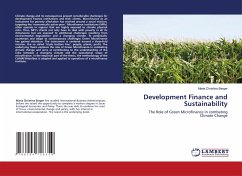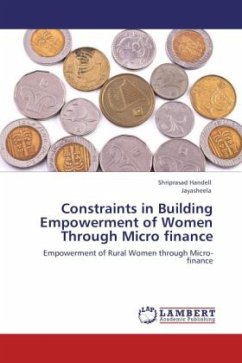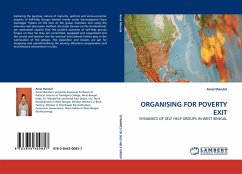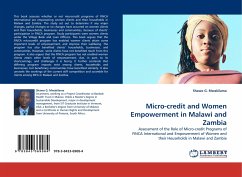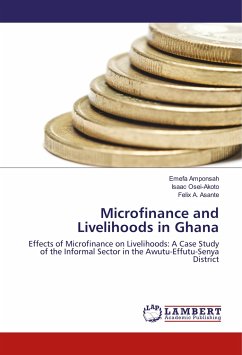Climate change and its consequences present considerable challenges for development finance institutions and their clients. Microfinance as an instrument for poverty alleviation has evolved around a social mission, targeting the 'economically active poor'. Microfinance Institutions (MFIs) often operate in regions that are highly exposed to climate physical risks. Thus, MFI's clients not only have to deal with poverty in all its dimensions but are exposed to additional challenges resulting from environmental degradation and a changing climate. To potentially counteract and adapt to contemporary challenges Green Microfinance has gained attention. The instrument is centered around a three-fold mission, the so called 'triple bottom line', people, planet, profit. The underlying thesis explores the role of Green Microfinance in combating climate change and aims at contributing to the understanding of the links between a changing climate and the operational scope of microfinance. In theempirical part of the thesis, the methodology of the CLIMAFINtoolbox is adapted and applied to operations of a microfinance institute.
Bitte wählen Sie Ihr Anliegen aus.
Rechnungen
Retourenschein anfordern
Bestellstatus
Storno

